Often perceived as being the most ‘ideal’, the famous villa Rotonda by Andrea Palladio forms the subject of a closer reading. Through the different acts of filtering, fragmentation and interpretation, a subtle condition of instability is discovered. The interpretations create a mental repertoire which forms the frame for a double reading. Different acts guide us through a visit to the villa Rotonda, which slowly begins to shift away from any ideal state. The result is a play as an architectural research/reading on the interactions/meeting between the villa Rotonda and the imagined/mind. (https://www.blog-archkuleuven.be/surrender-resistance/2020/09/16/arthur-de-keyser-a-meeting-with-the-villa-rotonda-palladios-imperfections-and-misalignments/)
![]()
![]()
![]()
![]()
![]()
![]()
![]()
![]()
![]()
![]()
![]()
![]()
![]()
![]()
![]()
![]()
![]()
![]()
![]()
![]()
![]()
![]()
![]()
![]()
![]()
![]()
![]()
![]()
![]()
![]()
![]()
![]()
![]()
![]()
![]()
![]()
![]()
![]()
![]()
Anyone entering on the study of architecture must understand that even though a plan may have abstract beauty on paper, the four façades may seem well balanced and the total volume well proportioned, the building itself may turn out to be poor architecture. Internal space, that space which cannot be completely represented in any form, which can be grasped and felt only through direct experience, is the protagonist of architecture. To grasp space, to know how to see it, is the key to the understanding of building.
- Bruno Zevi, Saper vedere l’architettura (‘How to Look at Architecture’), 1948.

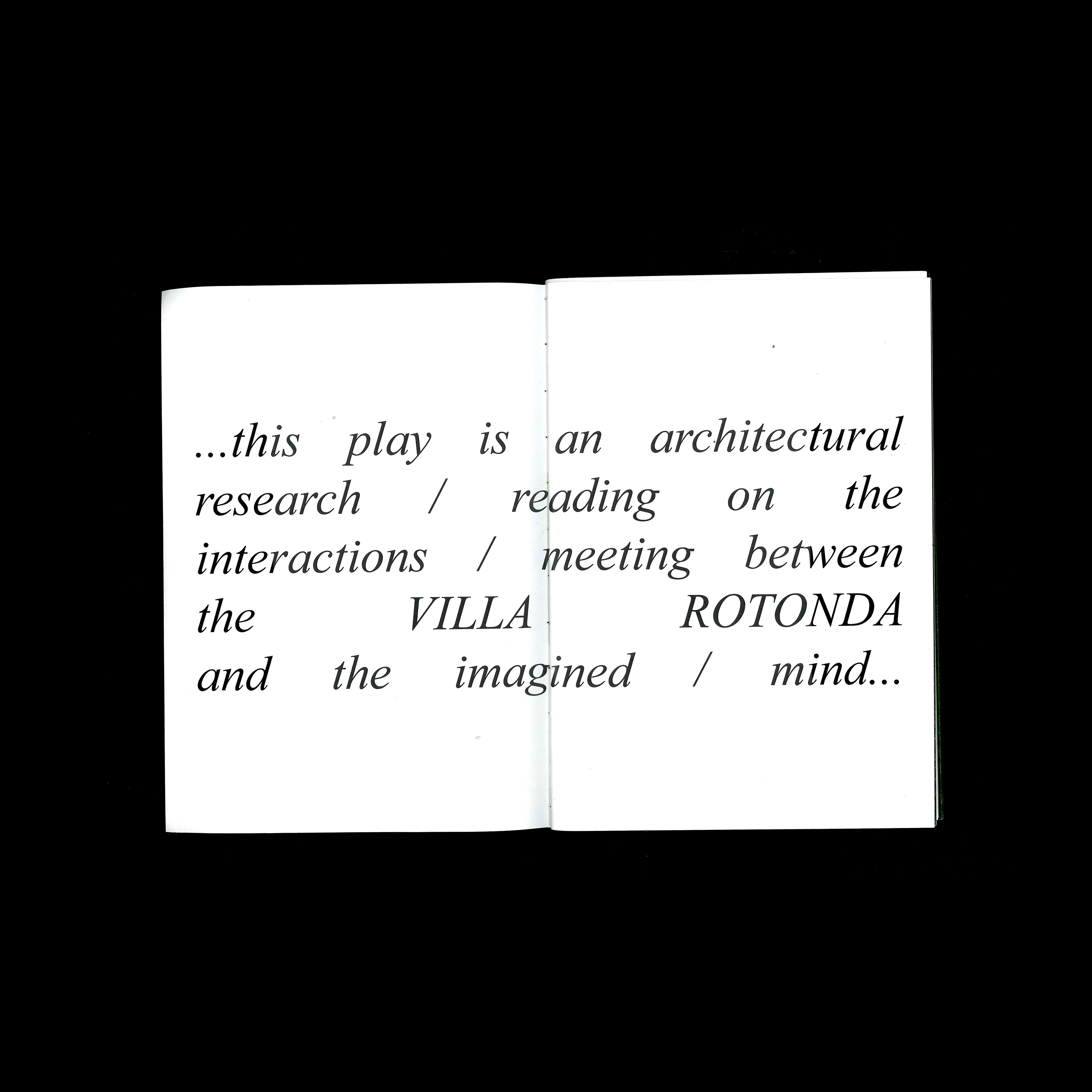
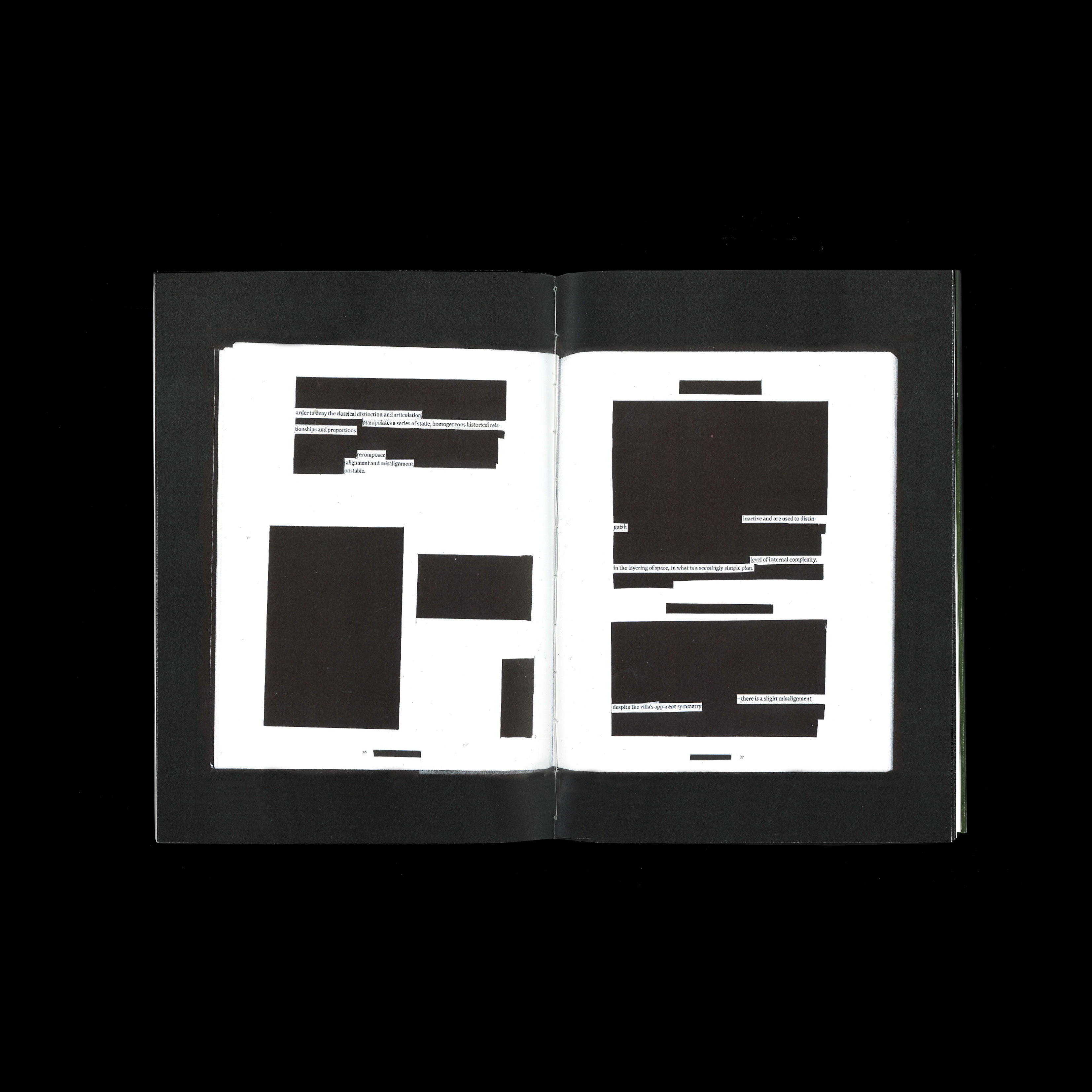

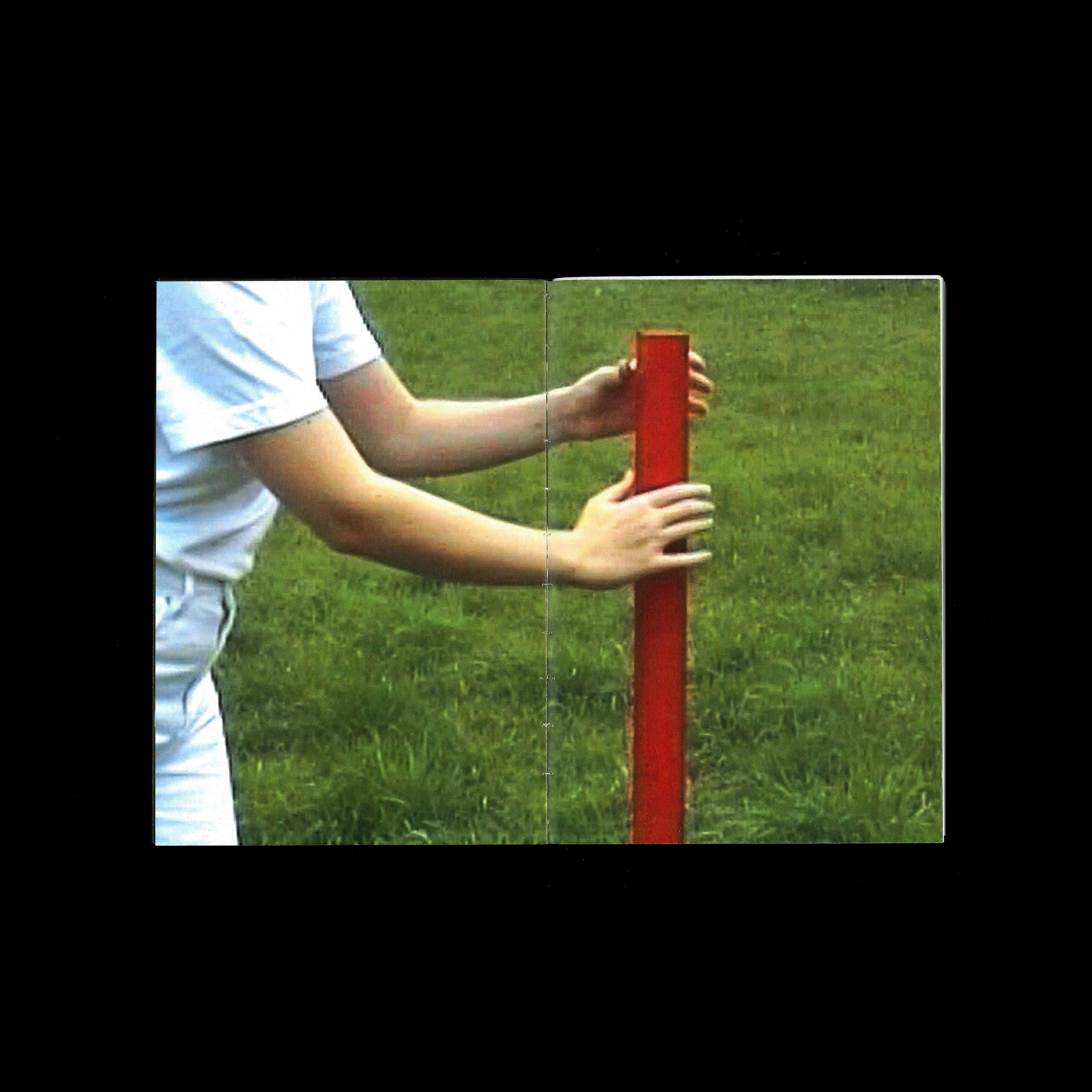
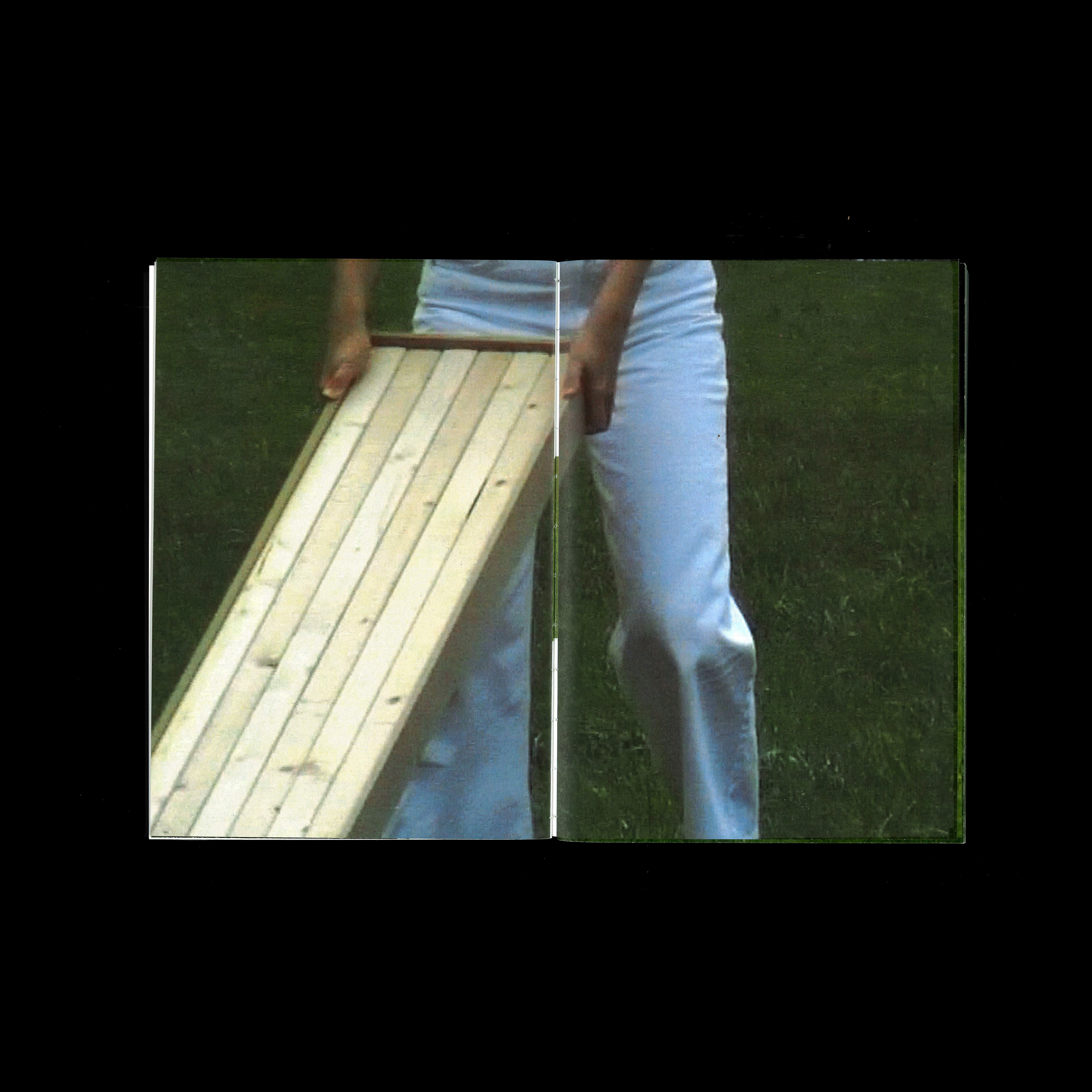
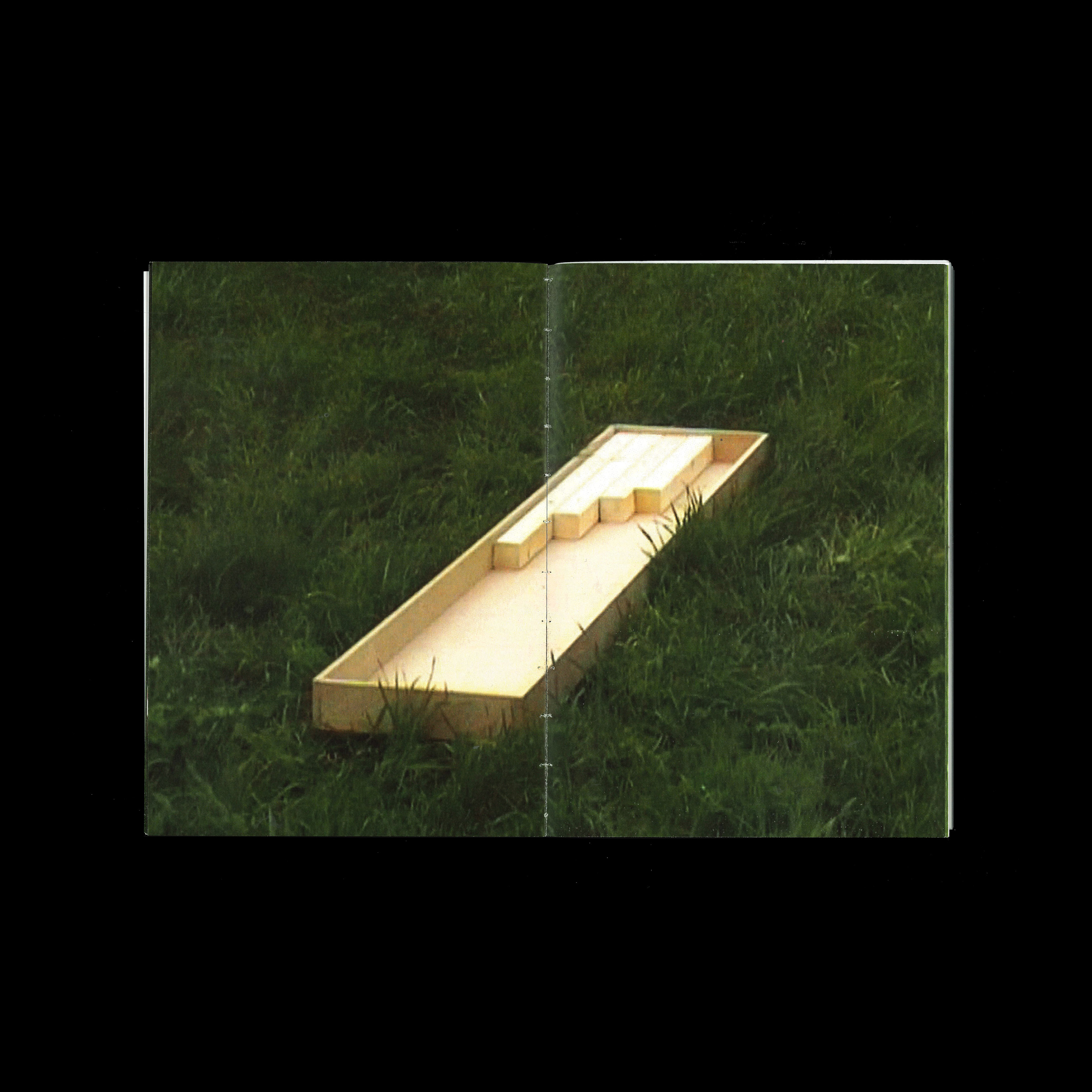

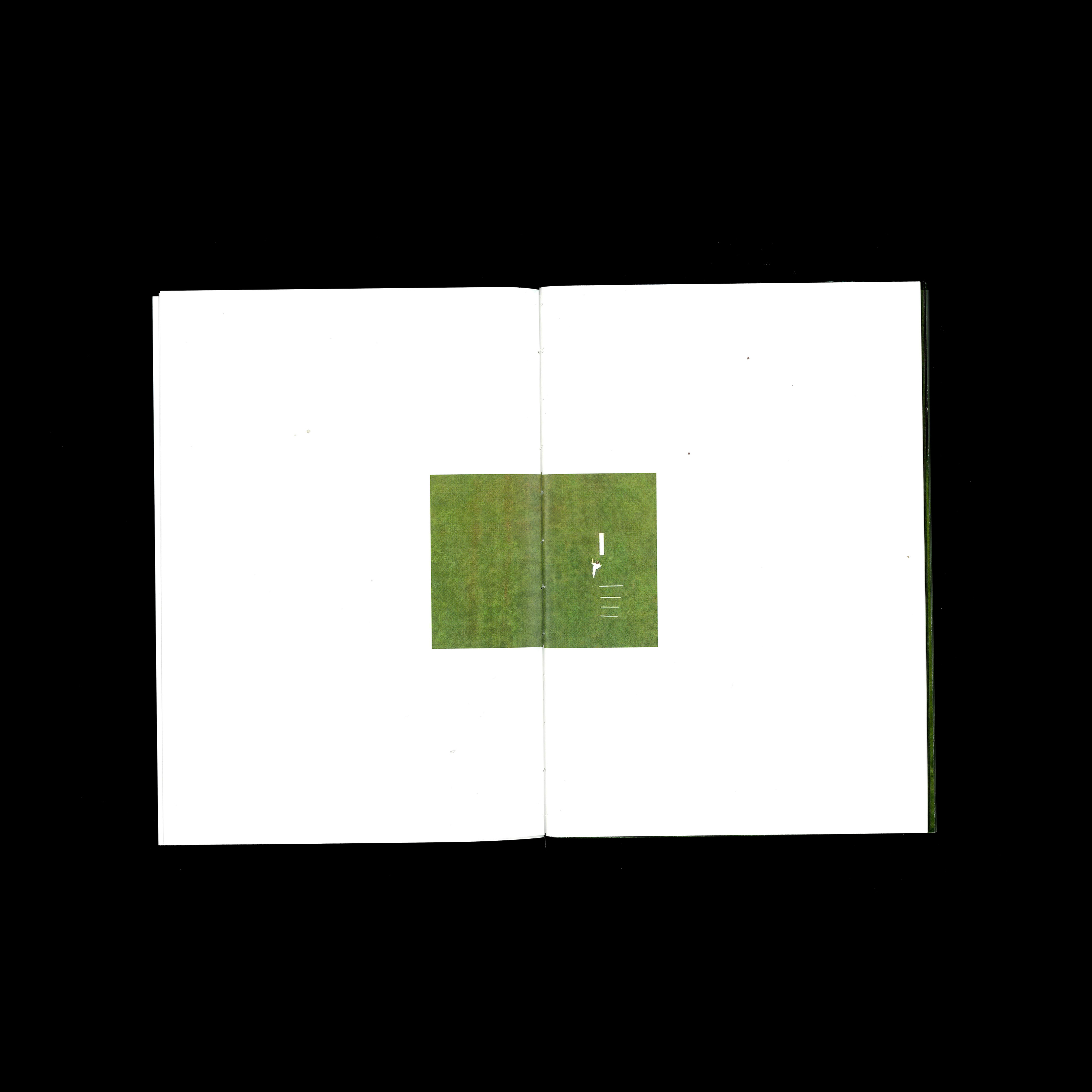




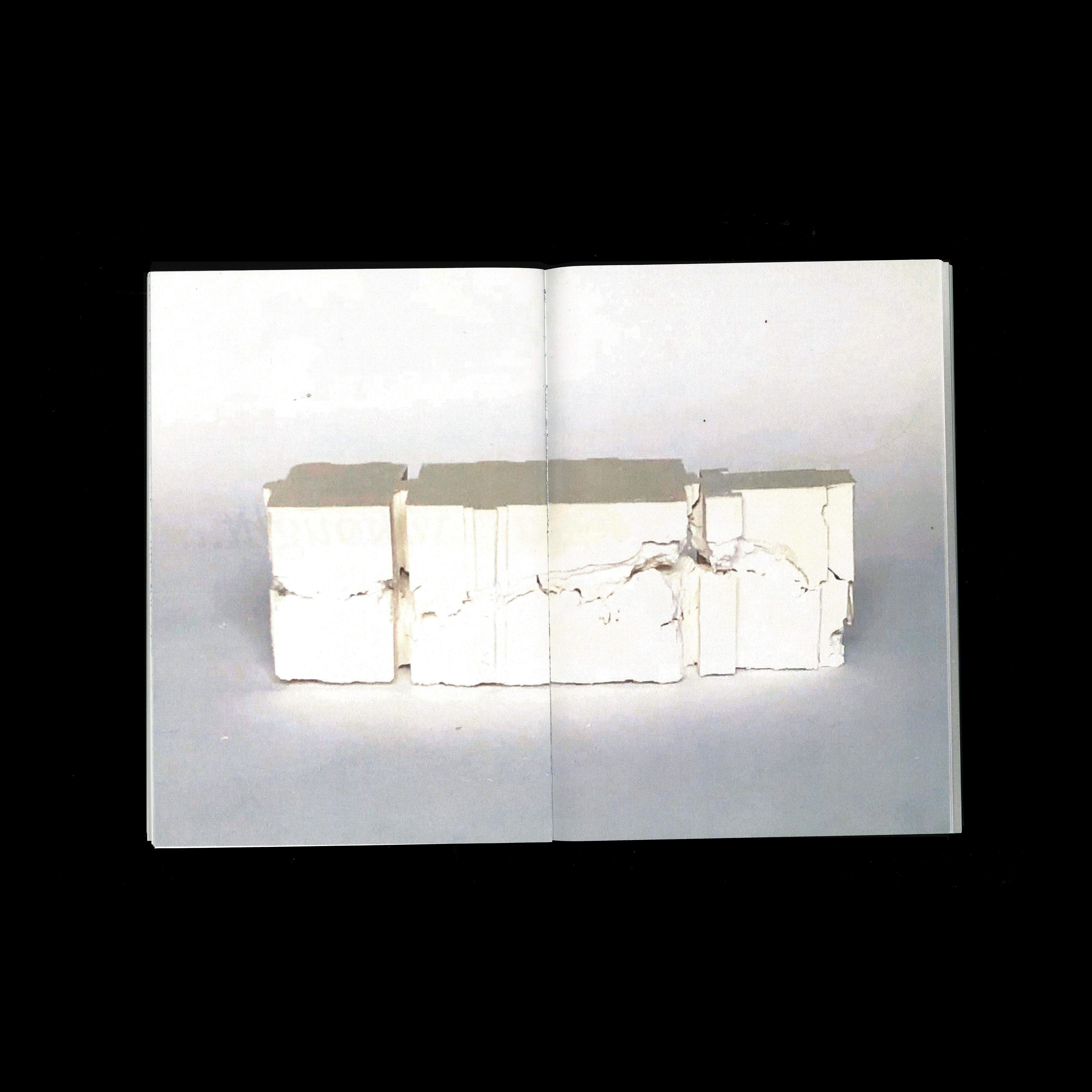






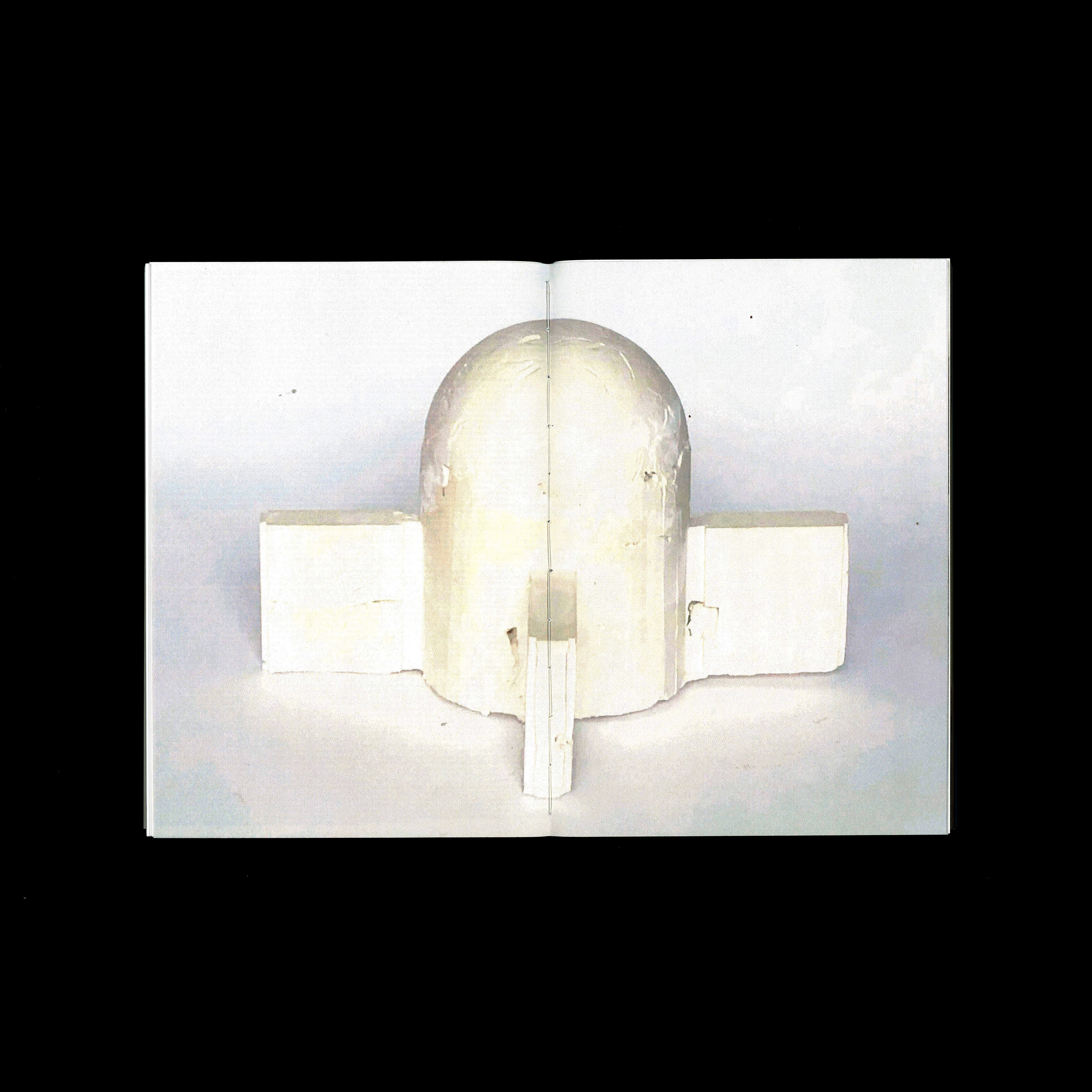

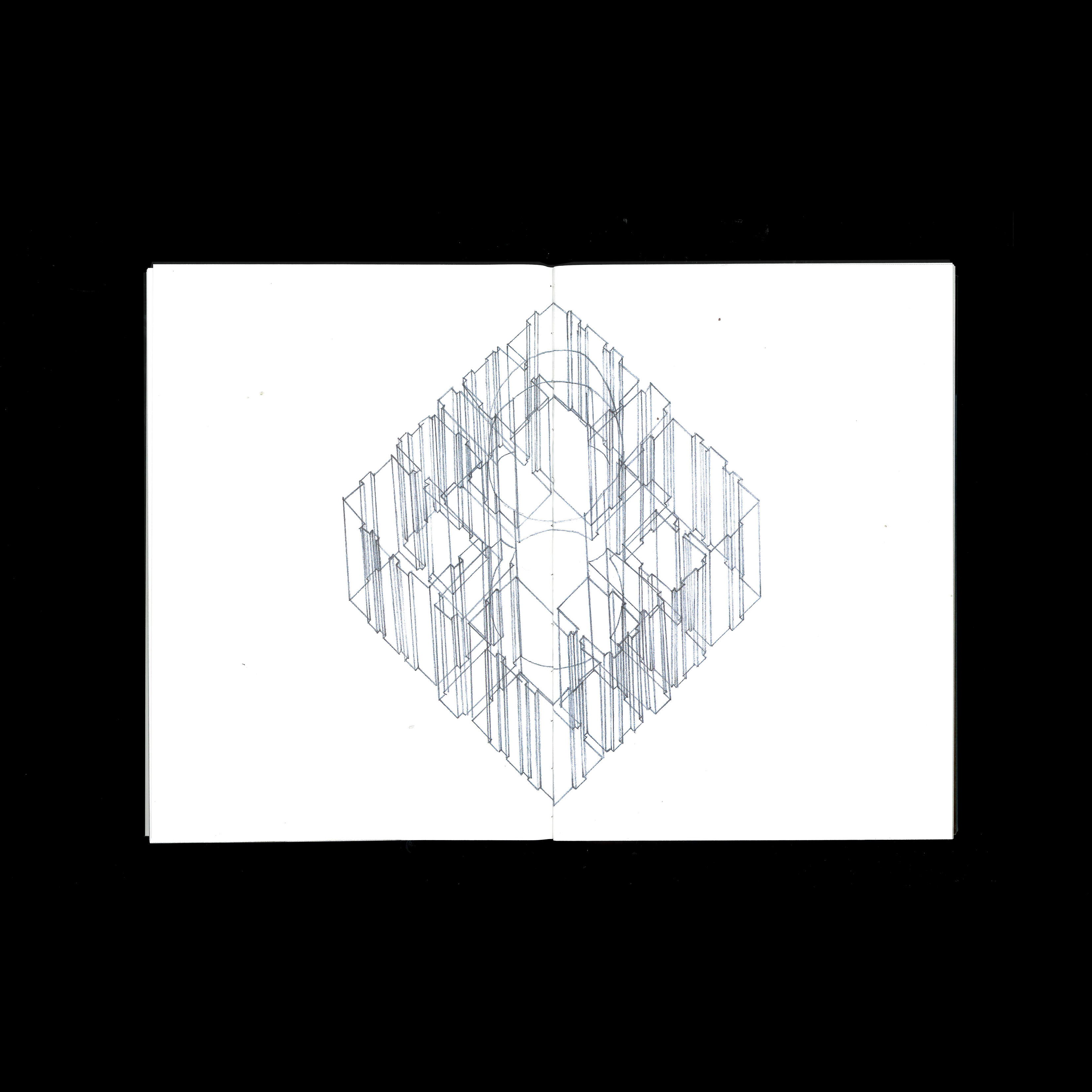

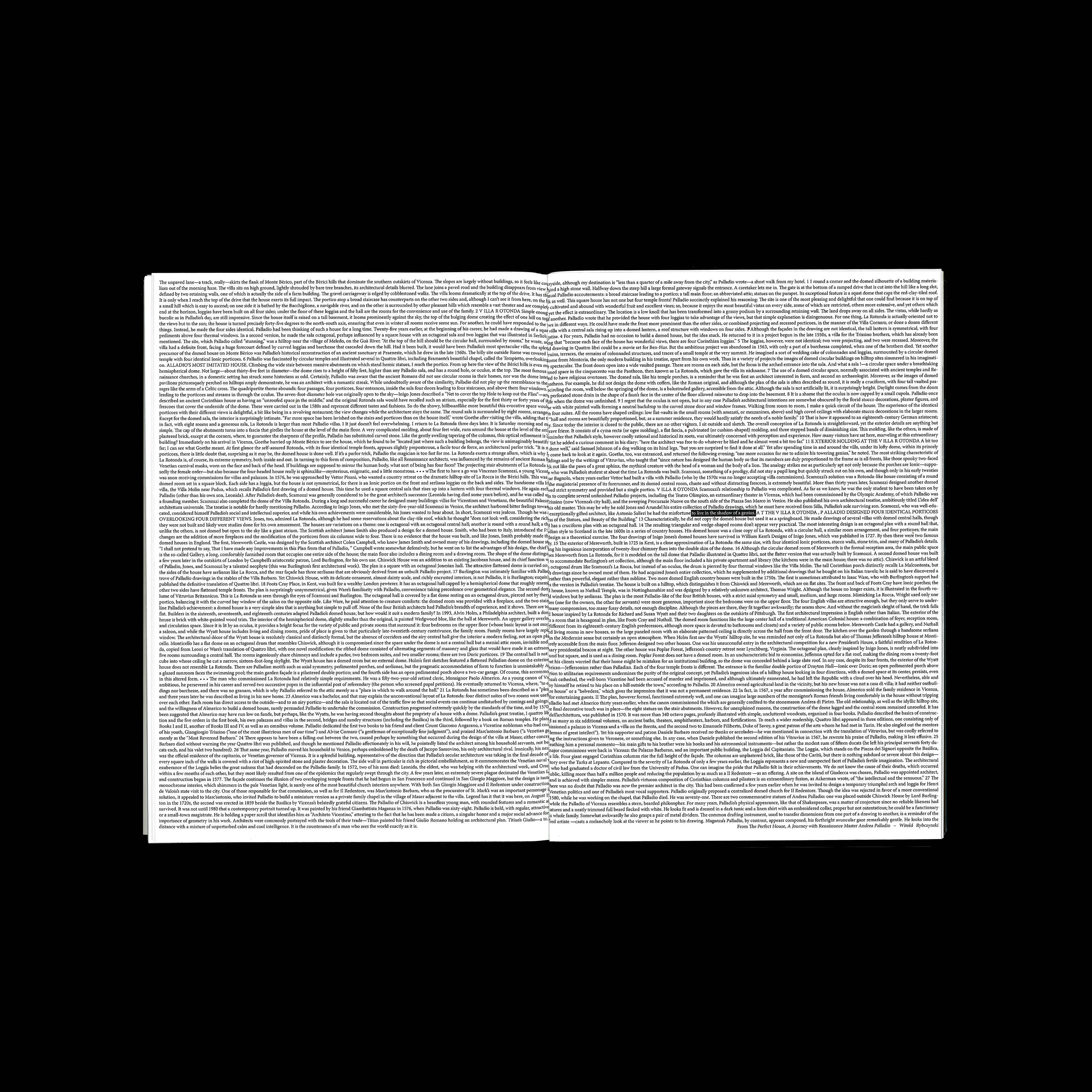
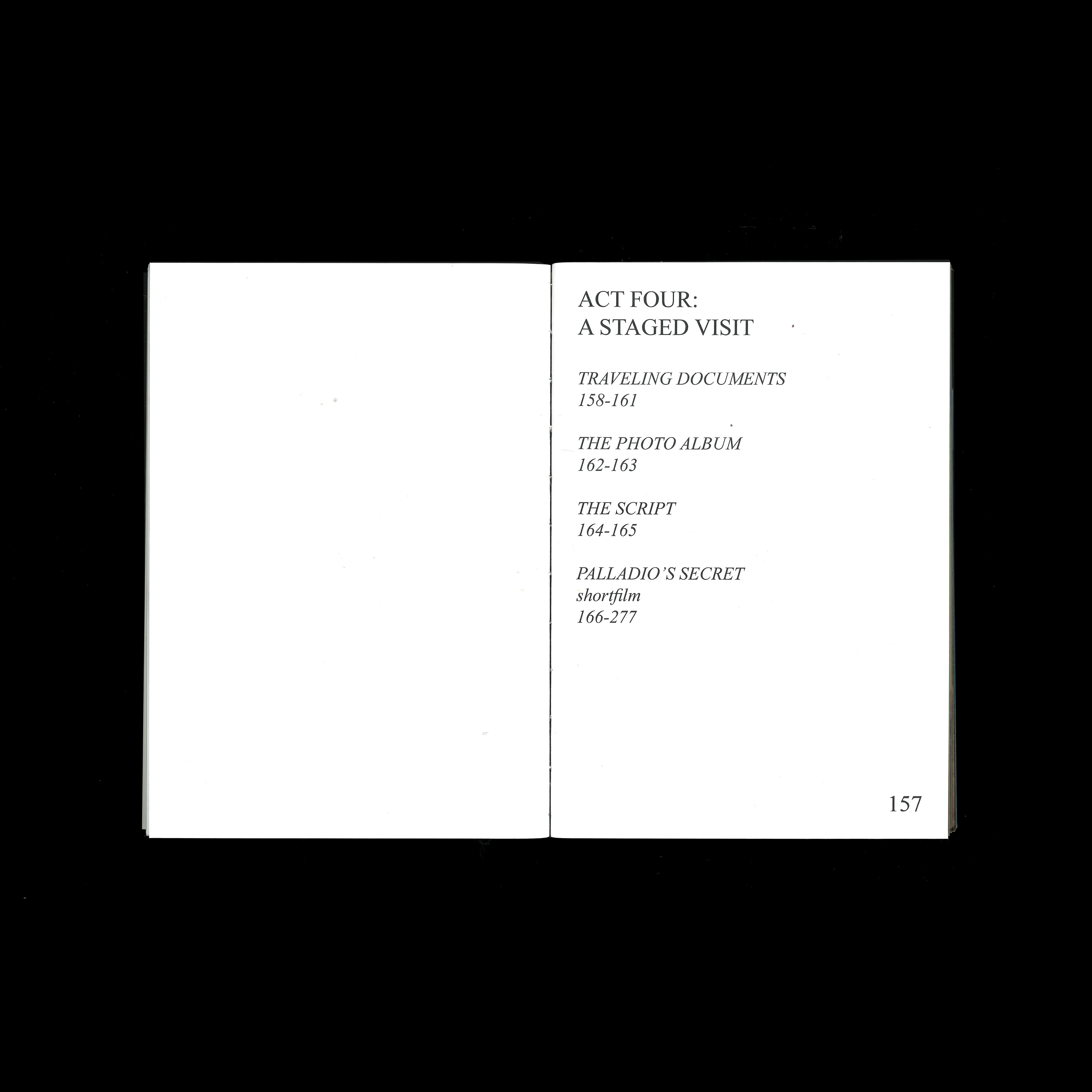
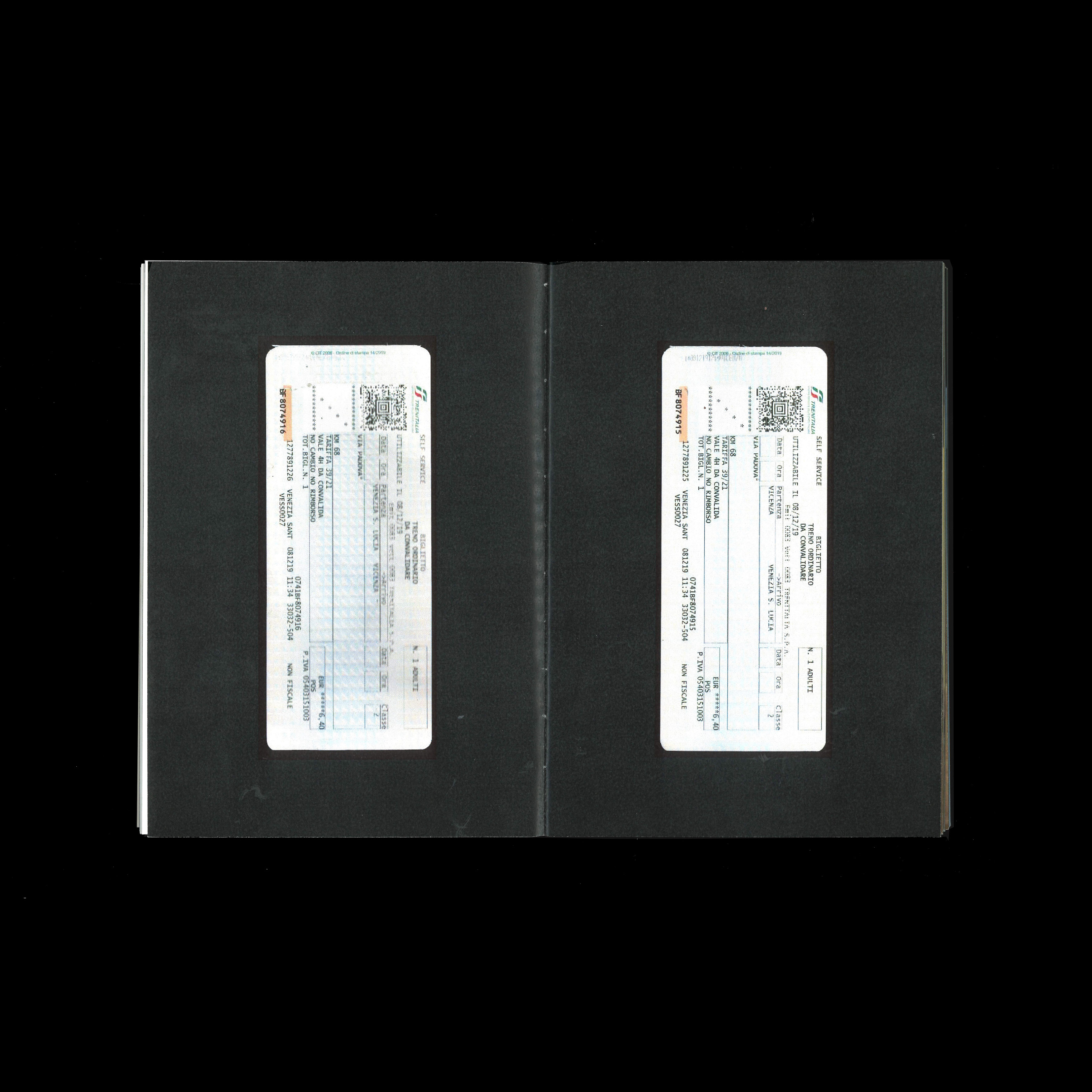



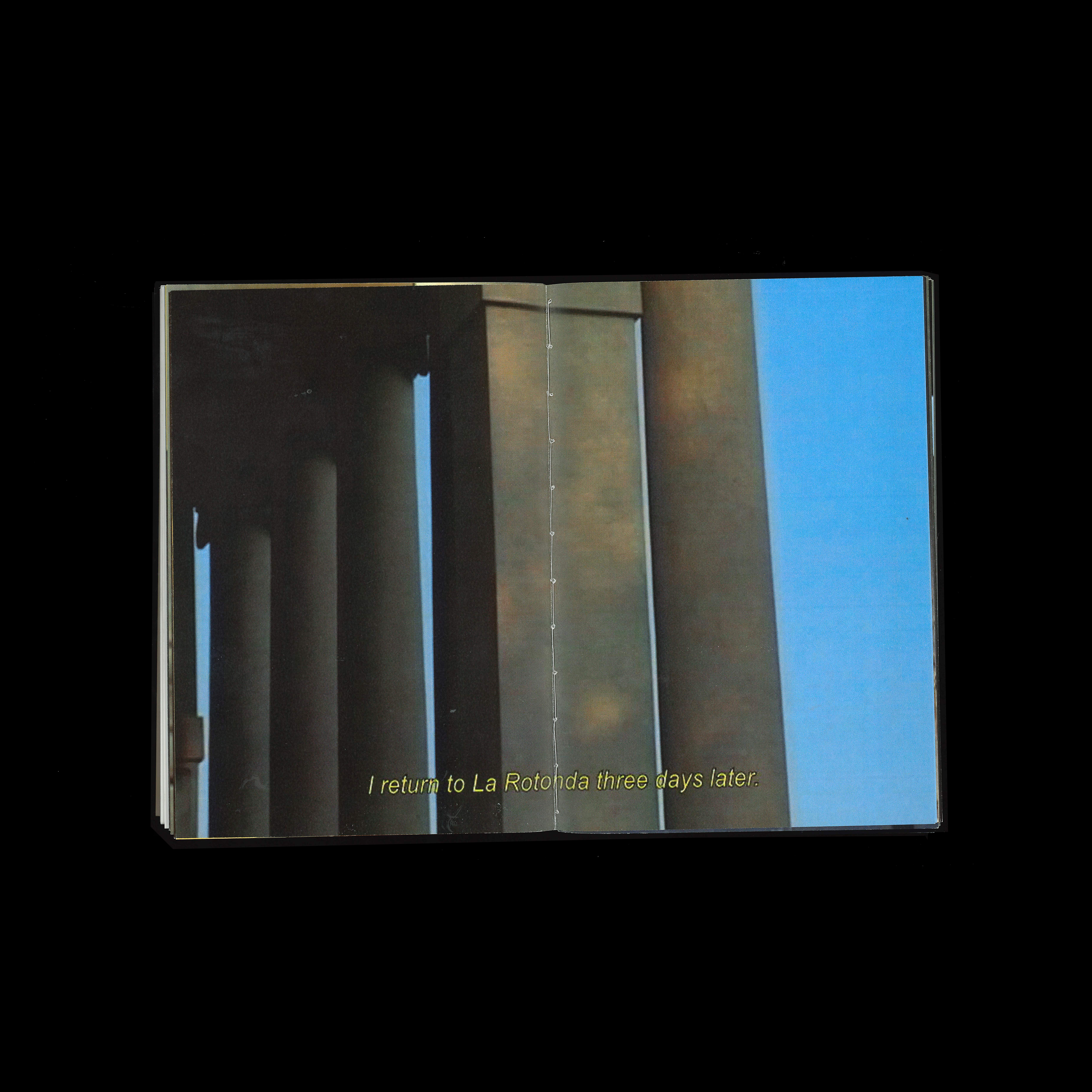
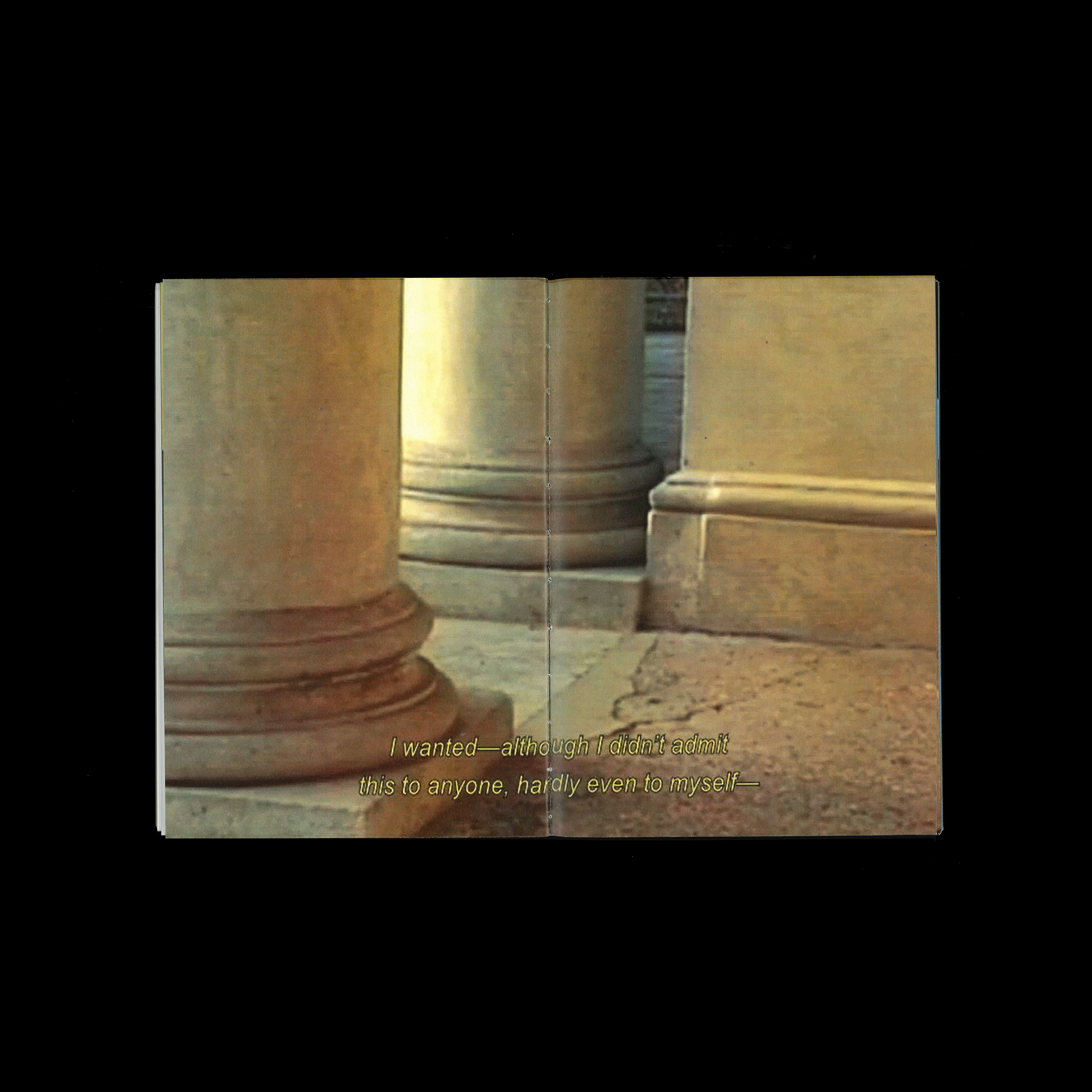


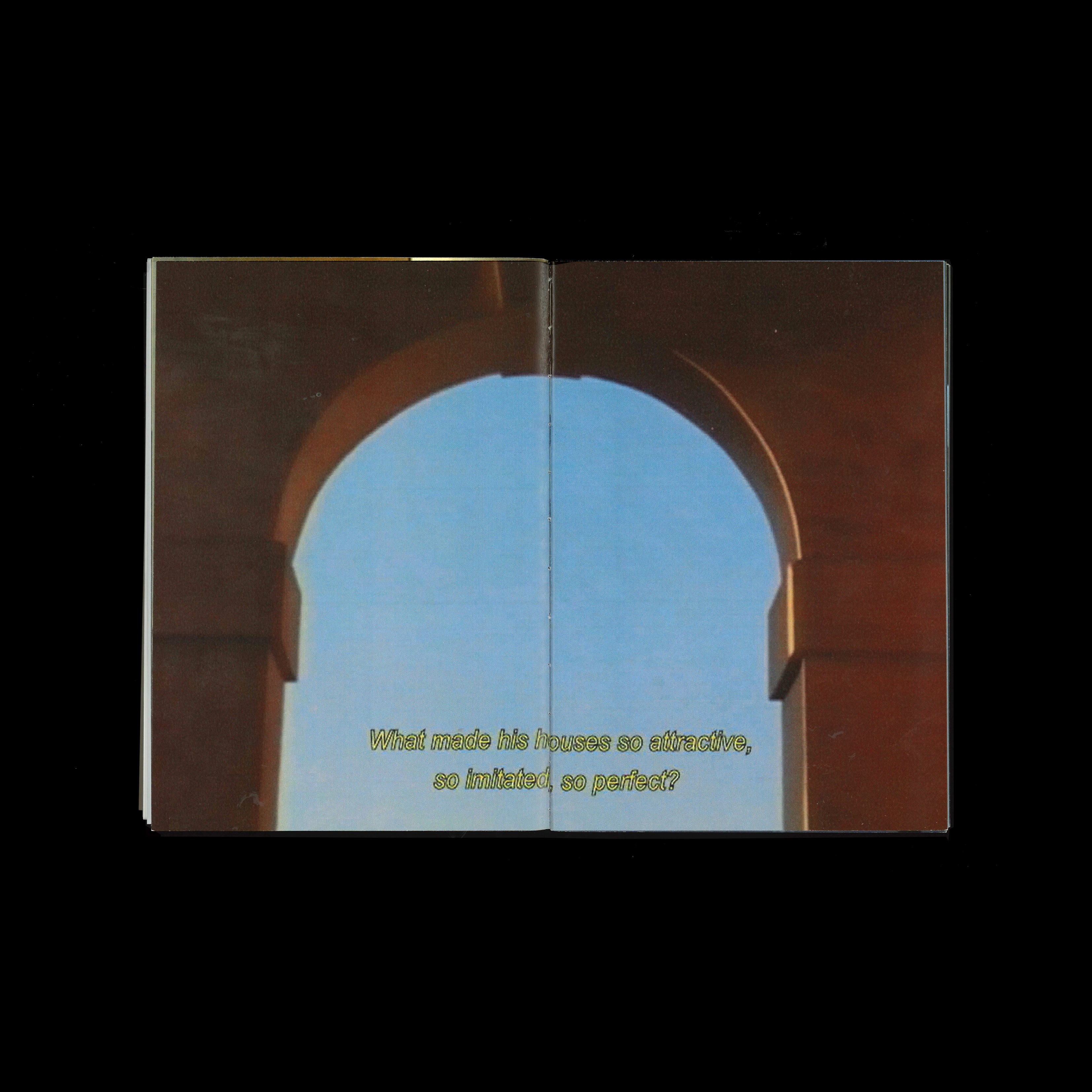
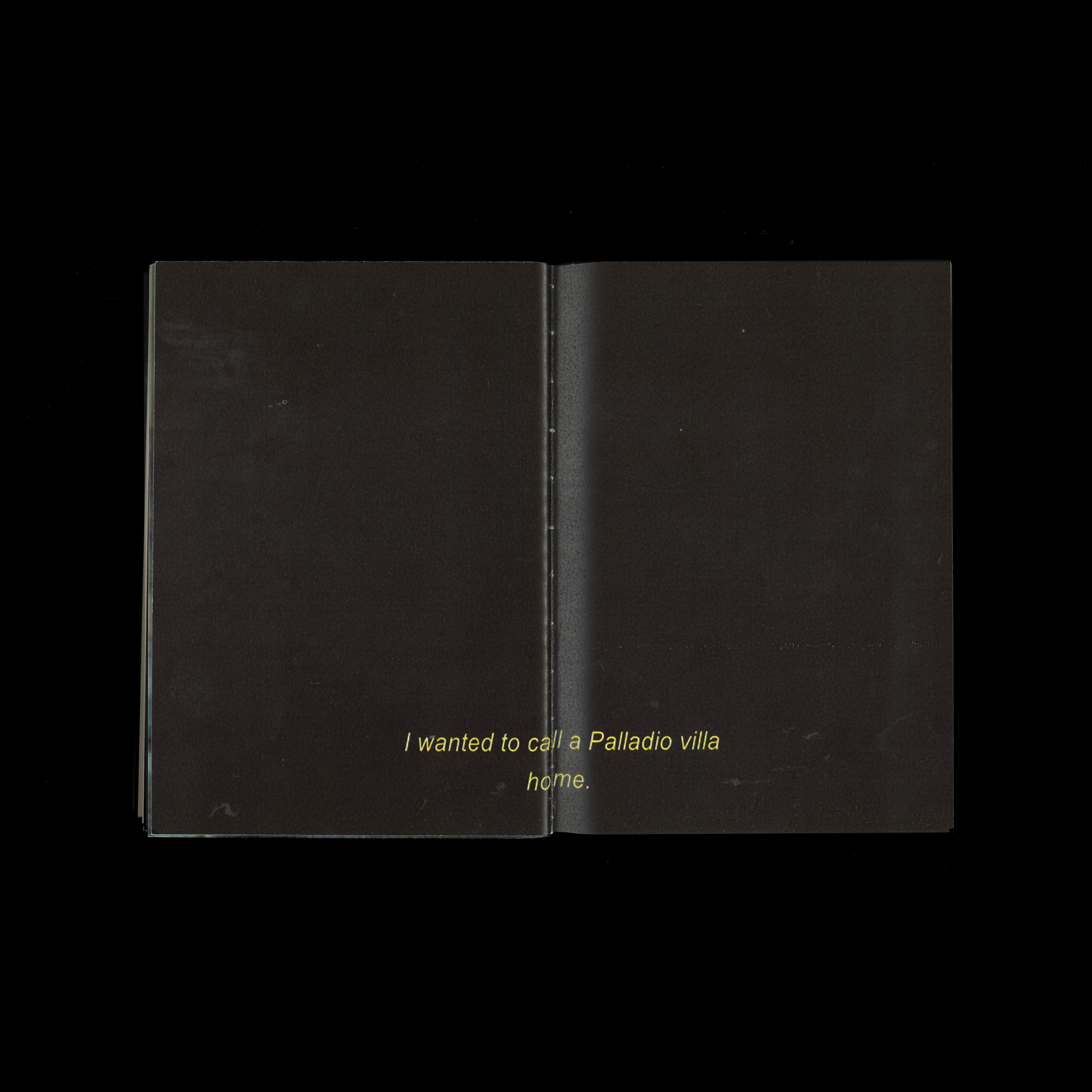

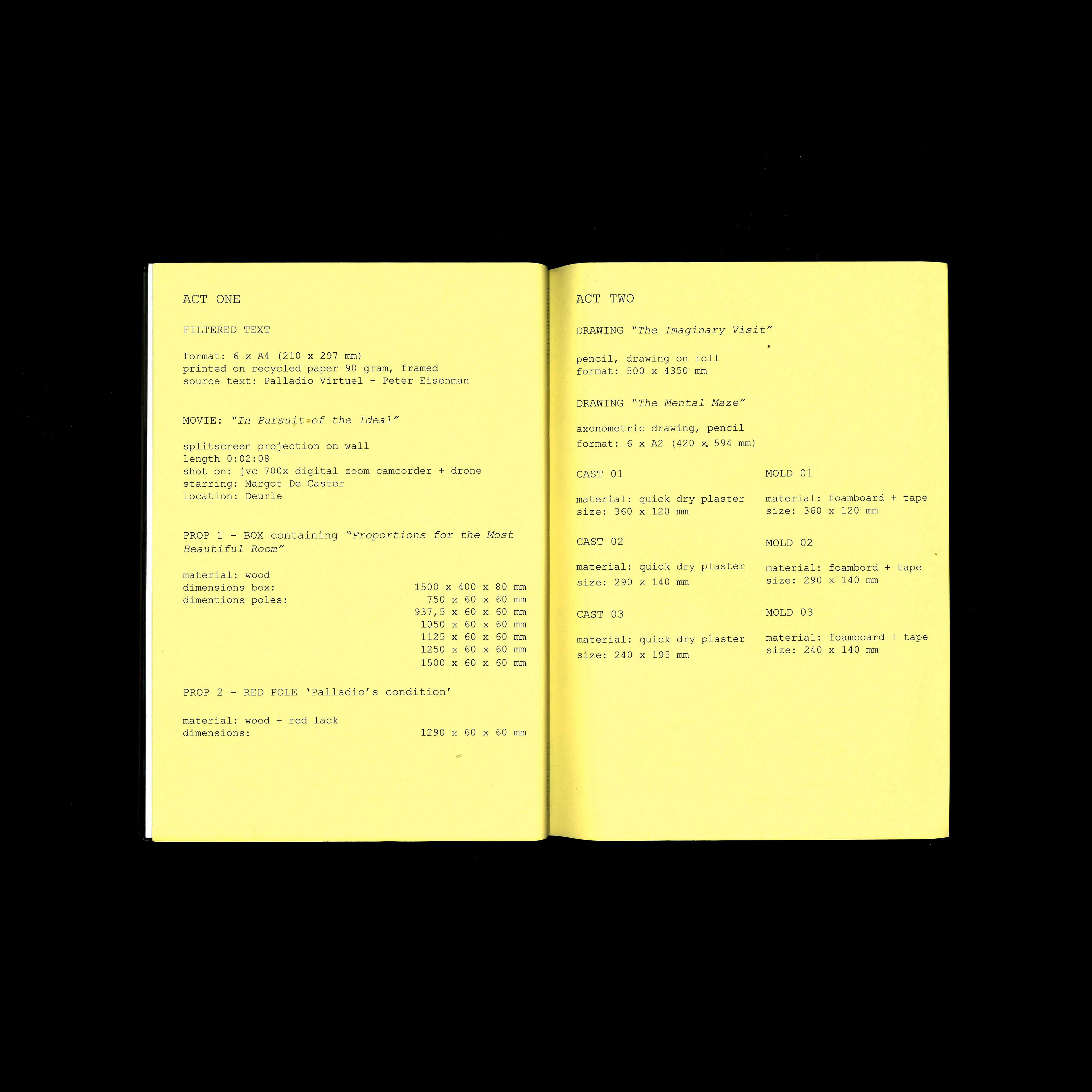

Anyone entering on the study of architecture must understand that even though a plan may have abstract beauty on paper, the four façades may seem well balanced and the total volume well proportioned, the building itself may turn out to be poor architecture. Internal space, that space which cannot be completely represented in any form, which can be grasped and felt only through direct experience, is the protagonist of architecture. To grasp space, to know how to see it, is the key to the understanding of building.
- Bruno Zevi, Saper vedere l’architettura (‘How to Look at Architecture’), 1948.
